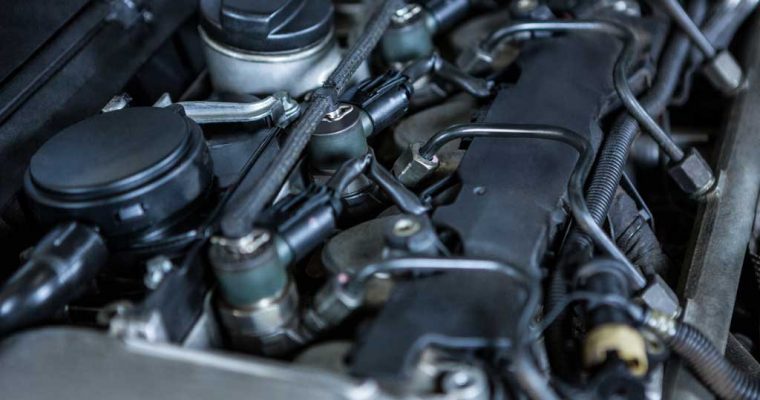The clip-clop of hooves on cobblestones once dominated our streets, but within a few short decades, the rhythmic rumble of engines transformed how we moved through the world. At the heart of this mechanical revolution lay a deceptively simple component: the humble drive shaft. This unassuming cylindrical rod became the crucial link between engine power and wheel motion, fundamentally changing not just how vehicles operated, but how society itself would evolve.
The Pre-Automotive Era: When Muscle Power Ruled
Before the internal combustion engine, transportation relied entirely on biological energy. Horses, oxen, and human labour provided the force needed to move goods and people across distances. The connection between power source and movement was direct and immediate—no complex mechanical systems required.
This simplicity, however, came with significant limitations. Animals tired, required feeding and care, and could only produce limited power. Weather conditions dramatically affected travel, and the infrastructure needed to support horse-drawn transport—stables, feed supplies, and waste management—created its own set of challenges.
The Birth of Mechanical Power Transfer
Early Steam and the Quest for Efficiency
The first steam-powered vehicles of the late 18th century faced a fundamental engineering challenge: how to efficiently transfer the rotational energy from their engines to the wheels. Early attempts used chains, belts, and direct gear systems, but these solutions proved unreliable and inefficient for practical transportation.
The drive shaft emerged as the elegant solution to this power transmission puzzle. By providing a direct, rotating connection between the engine’s output and the vehicle’s differential, engineers could finally harness the full potential of mechanical power.
The Automotive Revolution Takes Hold
When Karl Benz introduced his Patent-Motorwagen in 1886, the drive shaft played a pivotal role in making the automobile practical rather than merely experimental. This innovation allowed vehicles to achieve consistent speeds and reliable performance that horse-drawn transport simply couldn’t match.
How Drive Shafts Transformed Vehicle Design
The introduction of the drive shaft necessitated entirely new approaches to vehicle engineering. Manufacturers had to develop sophisticated differential systems, universal joints, and transmission mechanisms that could work harmoniously with this power transfer system.
This technological advancement also influenced vehicle layout and design. The need to accommodate drive shafts led to the development of the modern automotive chassis, with engines positioned to optimally deliver power through these rotating shafts to the wheels.
The Ripple Effects: Society Responds to Automotive Innovation
Urban Planning Revolution
As automobiles became more reliable and affordable, largely thanks to efficient power transmission systems, city planners began redesigning urban spaces. Roads widened, parking became a consideration, and the suburb was born. The drive shaft, though hidden beneath vehicles, was instrumental in reshaping the physical landscape of modern civilisation.
Economic and Social Transformation
The reliability that drive shafts brought to automotive transport revolutionised commerce and industry. Goods could be moved more quickly and predictably than ever before. Personal mobility increased dramatically, allowing people to live further from their workplaces and fundamentally altering social structures.
Workers were no longer tied to walking distance from factories, and businesses could access broader markets. The entire concept of the daily commute emerged from this newfound mechanical reliability.
Modern Drive Shaft Technology
Today’s drive shafts bear little resemblance to their early counterparts. Advanced materials, precision manufacturing, and sophisticated engineering have created components that can handle enormous torque loads while remaining lightweight and durable.
Contemporary vehicles use everything from carbon fibre drive shafts in high-performance cars to electronically controlled systems that can adjust power delivery in real-time. Yet the fundamental principle remains unchanged: efficiently transferring rotational power from engine to wheels.
The Lasting Legacy
The drive shaft’s impact extends far beyond automotive engineering. This innovation demonstrated how a single mechanical component could catalyse societal transformation on an unprecedented scale.
From enabling the mass production techniques that made cars affordable to facilitating the logistics networks that support global commerce, the humble drive shaft helped create the interconnected world we inhabit today. While we may take smooth, reliable transportation for granted, it’s worth remembering that this mechanical revolution began with engineers solving the simple but crucial challenge of efficiently connecting power to motion.








